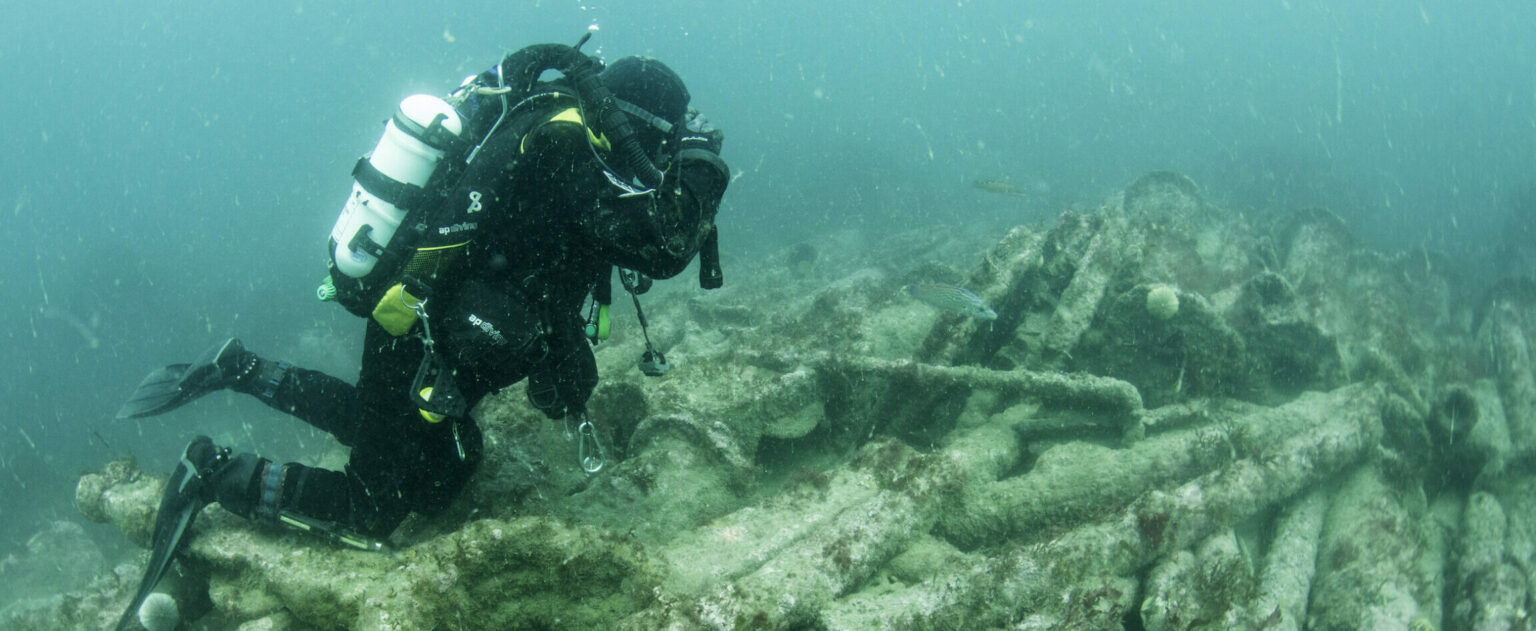Geophysics georeferencing
Although georeferencing information could be considered as metadata it is more difficult to store in a database and is hence treated separately here. At the moment there is no uniform way to provide this information and the user will have to document it as well as is possible and in accordance with their best practice. Appendix 2 provides some background information and a conceptual framework.
Collecting georeferencing information can be done using tapes or a Total Station in conjunction with a reliable basemap, or directly in map coordinates using a GNSS/GPS with sufficiently high accuracy (e.g. 0.1 m). It usually involves linking features at given map coordinates to locations within the geophysics grid given in geophysics coordinates. For example, tape or Total Station measurements from/to characteristic points in the landscape that are also marked on a map could be linked to points in the geophysics coordinate system. Alternatively, GNSS/GPS coordinates can be listed for several geophysics coordinates. Georeferencing information should always be provided in a form that can be accessed with common software. For example as a list of control points (simultaneously in geophysics coordinates and map coordinates) or in the form of distance and bearing values. The units and datum used need to be specified. Implicit georeferencing information in a proprietary software format should be avoided; examples would be cal files of AirPhoto, or aux files in ArcGIS. Usually, a list of control points can easily be exported from these packages to text files.
Information is required on three aspects:
- the geophysics coordinate system (procedure used to lay out the grid; where is the coordinate origin; estimates of accuracies for re-establishing the grid)
- coregistration to site grid (coordinates of control points, both in the geophysics coordinate system and the site grid, together with their respective accuracies; geophysics or site coordinates of map-features, if coregistration with a map is required; geophysics or site coordinates of ground features used for georeferencing).
- georeferencing (description and approximate location of ground features for reference; distance to ground features for key points along the baselines; compass bearings of baselines)



